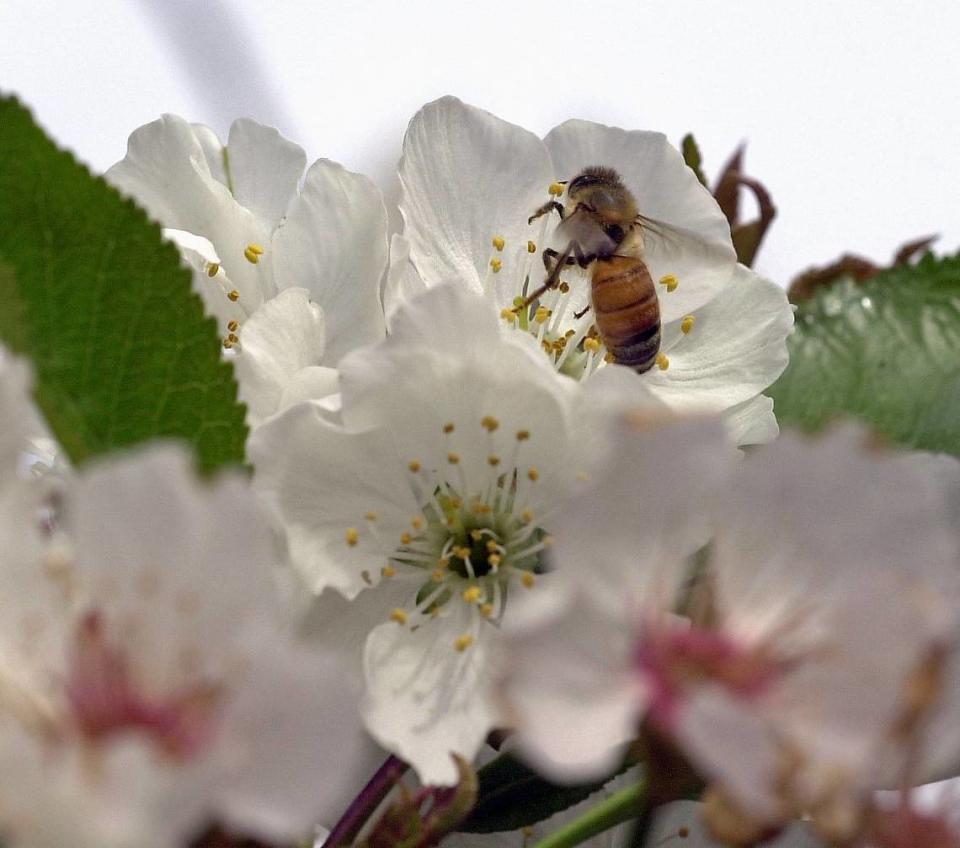When is the first day of spring? California is about to welcome the equinox
Spring officially starts this week, which means longer days and shorter nights are coming to California.
The spring equinox signals the start of the season in the Northern Hemisphere.
The sun will pass directly above the equator, which will bring roughly equal parts day and night on earth, according to The National Aeronautics and Space Administration.
The spring equinox shifts yearly and typically lands on or around March 20, according to the National Weather Service.
What is the spring equinox?
The equinox happens twice a year in the fall and spring when there is approximately an equal amount of daytime and nighttime, according to the weather service. Equinox translates from Latin to “equal night.”
The equinox in March is also called a “vernal equinox.” It’s different in the Northern and Southern hemispheres.
It’s the “astronomical beginning of the spring season in the Northern Hemisphere and the autumn season in the Southern Hemisphere,” according to the Old Farmers Almanac.
The sun crosses the celestial equator — imagine you’re standing on the Earth’s equator: the sun would pass directly overhead.
Now, the Northern Hemisphere will see more sun than the Southern. That means that we’re headed into longer days and shorter nights up to the summer solstice, the longest day of the year.
Sunrise is getting earlier, and sunset later.

When is the first day of spring?
The 2024 spring equinox lands on Tuesday at 8:06 p.m..
How much sunlight will California gain?
Every day leading up to the spring equinox, California gains roughly two minutes of additional sunlight, according to Time and Date, an online global watch.
Sunrise times also become earlier each day.
On March 10, our clocks sprang forward an hour due to daylight saving time, giving us an additional hour of sunlight.
It can take
On Tuesday, the start of the spring equinox, the sun will rise at 7:09 a.m. in Sacramento, and set at 7:17 p.m..
After the spring equinox occurs, we won’t have to worry about sunset starting before 5 p.m. in California until Nov. 5, according to Time and Date, an online global watch.
What about the weather?
In addition to longer days, the spring equinox typically means warmer temperatures.
Northern California will likely see above-normal temperatures in March and April, according to the National Weather Service long-range forecast.
In Southern California, temperatures will also likely trend above normal, the weather service said.
What do you want to know about life in Sacramento? Ask our service journalism team your top-of-mind questions in the module below or email servicejournalists@sacbee.com.

